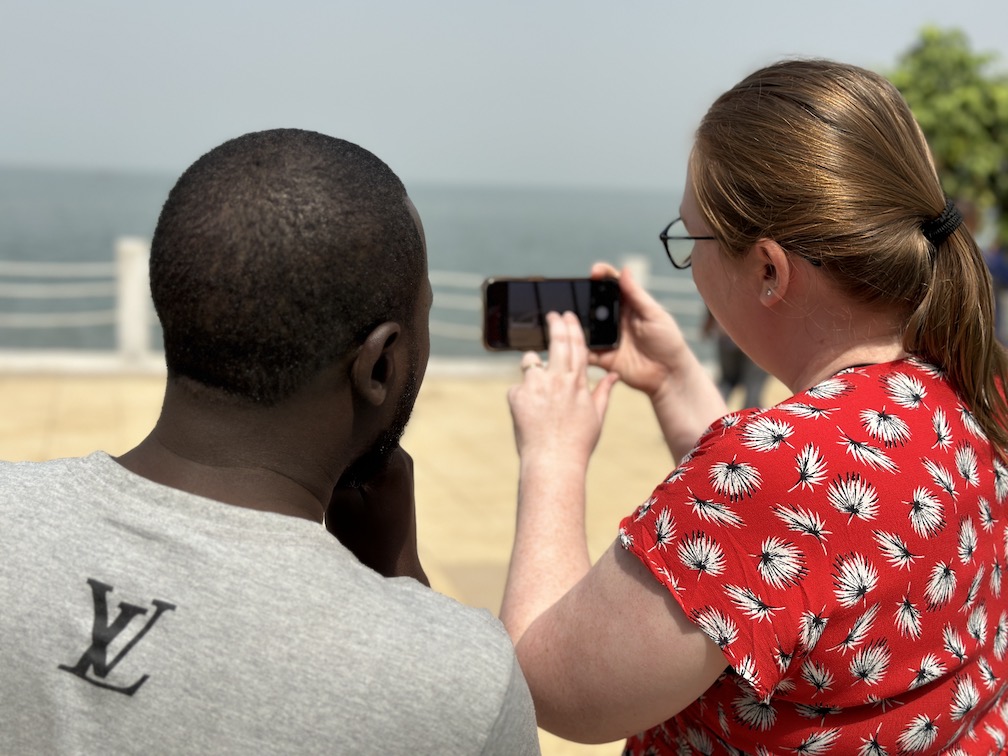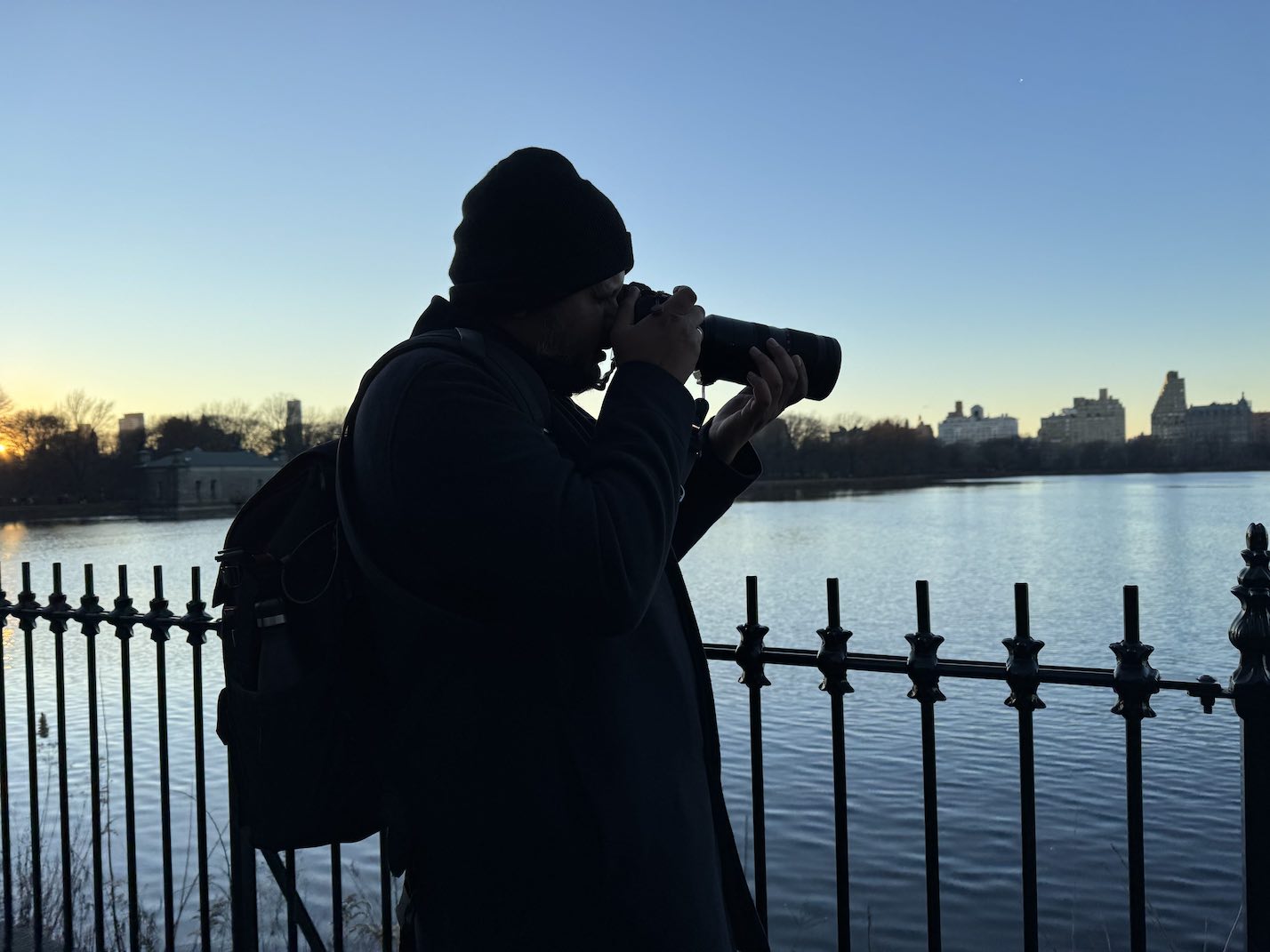
InOldNews co-founder Sanshey Biswas (above) recording footage
Here is a dumbfounding statistic: there are eight times more open license footage available from the US than from India, even though India has three times more internet users than the US.
That is not all: 33 countries have fewer than 10 clips available on Wikimedia.
These numbers matter not because someone needs to tick a diversity box but because the availability of footage determines which stories are - and are not - covered in the media. In a survey by digital video training company, InOldNews, more than half (55 per cent) of journalists said the availability of Creative Commons or royalty-free footage or videos would affect which stories they chose to cover.
This is all the more problematic as more than 60 countries are heading to the polls this year and for many there is not enough available footage to produce a TikTok video.
“Journalists can't always go to locations they need to report on and not everyone can afford a subscription to wires," explains Manon Verchot, co-founder of InOldNews.
This is particularly true about developing countries. The same survey found that many journalists from Africa and Asia do not feel represented in the kind of footage they find online, which is often portraying stereotypes.

The idea to focus on producing open-license footage from developing countries was born after they were unable to find relevant footage for an environment journalism workshop for journalists in Rwanda. So Verchot and another co-founder of InOldNews, Sanshey Biswas, started to shoot royalty-free footage themselves.
They created and uploaded around 200 clips from 15 countries, downloaded more than 26k times and viewed more than 2 million times. You will find their work on well-known platforms like Pexels, Pixabay and Flickr. However, as these are not aimed at journalists, their use is very limited.
According to Biswas, the main problem is that - unlike with wires - journalists cannot include much data or updates on the pictures. Another problem is discoverability because a government building will not rank as high as a beautiful beach.

As the duo encouraged other journalists to create and share more royalty-free footage to increase diversity in digital video storytelling, they hit another problem, which was the lack of revenue for the authors. A few optional cents per download is not enough to sustain this effort, although there is a demand for this kind of footage.
Verchot and Biswas realised that none of the available stock video platforms were suitable for journalists, so they decided to build their own. The website, which is still in the works, wants to help build a network of digital video content creators from all over the world, and enable them to have an online portfolio to showcase their skills and hopefully get commissions. They are planning to start with 10 videographers who will all get paid for the royalty-free content they produce and share.
Will it be enough to produce enough royalty-free footage to have an impact, while also making it sustainable for the content creators?
"We will keep on checking in with people on that point and if it’s not working, we will think about something different," says Verchot, who is determined to continue the effort to increase diversity in video storytelling.
Does the lack of available open-license footage impact your work? You can take part in InOldNews survey here.
Free daily newsletter
If you like our news and feature articles, you can sign up to receive our free daily (Mon-Fri) email newsletter (mobile friendly).
Related articles
- Recruiting for inclusion: a guide for media organisations
- Livestreaming, explainer videos and newsletters: Overnight election coverage with three new media companies
- Why video journalism is not ready to ditch its editors
- Who to follow: 27 women covering the independent publishing sector
- Video meets podcast: Five tips for making a successful 'vodcast'









